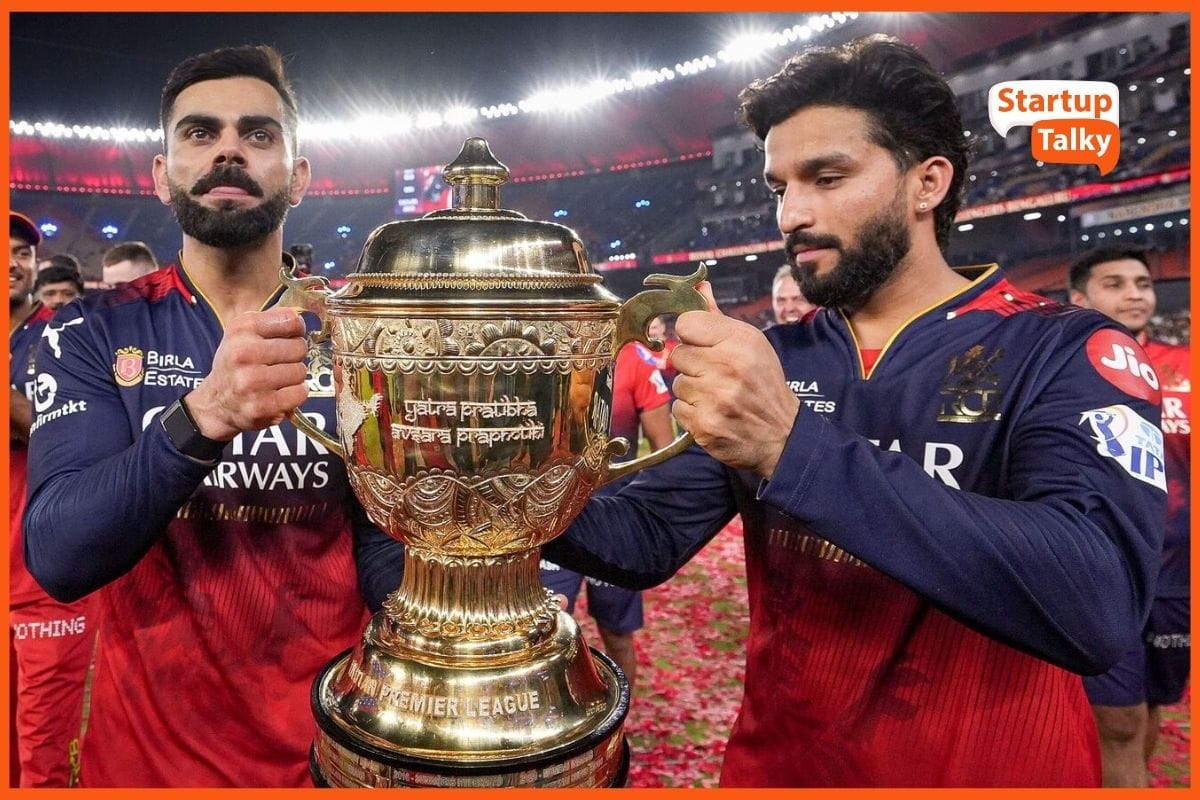Is the D2C Craze Getting Over
🔍Insights
A recent poll by MMA India and Publicis Commerce found that 63 percent of direct-to-consumer (D2C) enterprises are not profitable at all, and 80 percent have not yet achieved profitability. Twelve percent of Direct-to-Consumer businesses have declared profitability, according to the survey on March 6, 2024. Twenty-five percent of those same enterprises claimed they don't track profits since they're part of bigger ecosystems. Businesses and customers alike have taken notice of the Direct-to-Consumer (D2C) model in recent years due to the improved convenience and individualization it promises in online purchasing. As conventional retail outlets were forced to close or experience significant interruptions due to the COVID-19 pandemic, Direct-to-Consumer brands unexpectedly benefited. New data, however, cast doubt on the viability of the once-booming Direct-to-Consumer market.
People began spending more time online to purchase and have their customized goods delivered to their doorstep after the COVID-19 pandemic hit. This marked the beginning of the rise of the D2C market. During that time, Direct-to-Consumer enterprises seemed to be having a blast. They provided user-friendly digital platforms and encouraged direct communication with customers. There was a spike in demand for D2C products as a result of consumers going online to fulfill all of their purchasing needs during the nationwide lockdown.
In addition, Direct-to-Consumer businesses fostered client engagement and loyalty via individualized service, tailored products, and focused marketing. New evidence reveals that Direct-to-Consumer businesses may not have been as successful as expected, even though the pandemic presented a fantastic opportunity for them to solidify their position in the market.
Greater Rivalry
Cost Plays a Crucial Factor
Minimal Means of Distribution
The Way to Renovate and Recreate
Greater Rivalry
A growing number of D2C brands have emerged in the past few years. The result is a saturated market where new players are finding it tough to carve out a niche for themselves. The proliferation of products and services available to consumers has made it more challenging for upstart businesses to win their trust and business. A pricing war has ensued as a result, making it more difficult for upstart brands to compete with more established ones that can take advantage of economies of scale.

Cost Plays a Crucial Factor
The rising cost of acquiring new customers has made it more challenging for D2C firms to do so affordably in recent years. Brands have to spend more money on ads to stand out from the crowd when the competition heats up. This can be particularly challenging for up-and-coming firms without the resources to compete with more well-known names in the industry.
Brands now pour a lot of money into marketing and advertising to attract new customers. Many Direct-to-Consumer firms are new and have little marketing budgets, so they have a hard time getting their names out there and reaching people through paid advertising. To combat the high cost of acquiring customers, Direct-to-Consumer firms should prioritize increasing brand recognition through organic marketing channels, influencer marketing, and content marketing. To reach their target market, brands need to establish a distinct visual identity, craft a compelling brand story, and use social media to communicate with consumers. A great way to increase exposure and fuel expansion is to cultivate a group of dedicated consumers who will go out of their way to promote your business.
Due to their smaller product catalogs, Direct-to-Consumer firms can increase their exposure and attract more customers by teaming up with similar brands. To further broaden their consumer base, businesses can investigate other distribution methods like online marketplaces or pop-up stores. If they could be more adaptable, they could better respond to shifting market conditions and discover unanticipated opportunities for growth.
Minimal Means of Distribution
Brands that sell directly to consumers may have a smaller audience since they distribute their products through their channels. Many brands have a hard time growing their consumer base, in contrast to the few that have become industry leaders. Particularly for firms dependent on niche markets, which could be tough to expand into, this might be a significant obstacle.
When it comes to general trade in India, distribution is not as straightforward as simply putting a product out there and hoping for the best. Many years have been spent by businesses on the development of their distribution systems, which have become sources of competitive advantage for the major players in the industry.
The Way to Renovate and Recreate
Despite the difficulties, the direct-to-consumer approach is not even close to being extinct. To overcome the challenges that direct-to-consumer firms are currently facing, they need to innovate and adapt. Putting money into a process that is completely seamless in functioning is one possible technique. There is a lack of clear strategies among brands, which may be the reason why they are unable to effectively control their costs at present.
D2C brands ought to place more emphasis on product quality. It is also possible that a major cause of a brand's collapse is the poor quality of the product, which does not meet the buyer's expectations.

Must have tools for startups - Recommended by StartupTalky
- Convert Visitors into Leads- SeizeLead
- Website Builder SquareSpace
- Manage your business Smoothly Google Business Suite







